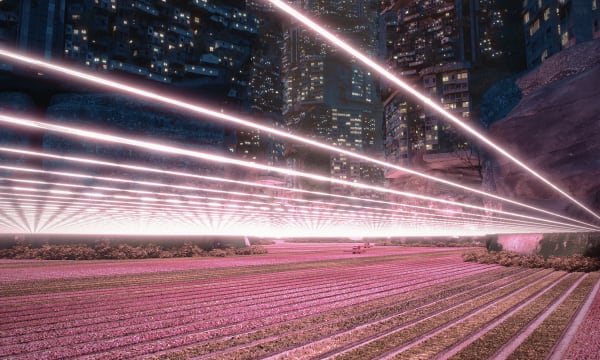Future dining settings will do more than reduce food waste or use biodegradable materials: the entire environment will be designed in an eco-friendly fashion.
Vrå, a restaurant in Gothenburg, Sweden, uses furniture made from food waste and biproducts. Created by local designer Carolina Härdh, the pieces aim to help guests visualize the value food waste can have if reused properly.
Härdh’s stool and side-table combo is made from crushed seashells, rice starch, and fish bones, and resembles terrazzo—although it is bio-based rather than cement-based. Leftover biomaterial is used to make fertilizer for the restaurant’s rooftop garden or chopstick rests for the Japanese-inspired cuisine.
Härdh told Dezeen that the materials she decided to use “were picked based on an investigation I did of the restaurant’s waste bin.” She hopes that sitting on and witnessing the furniture “may add something to the guest’s experience, to follow the ingredients from being food on their plate to becoming waste material and interior object.”
New York-based designer and architect Nina Edwards Anker created lighting decor made of algae. Anker created the "Chlorophyta" collection of sconces, lamps and chandeliers as part of a broader push to leverage natural materials and sustainable production and sourcing methods in design and architecture. She unveiled the collection in January with her brand, NEA Studios, as part of a doctoral research project with the Oslo School of Architecture and Design.


